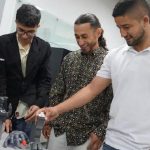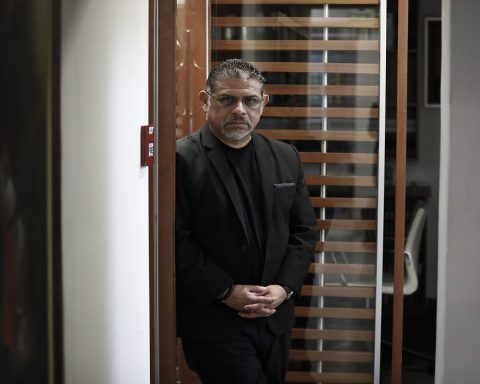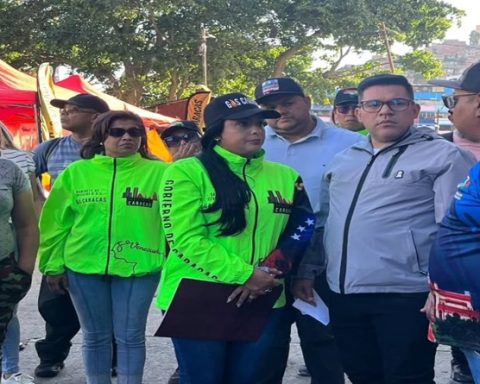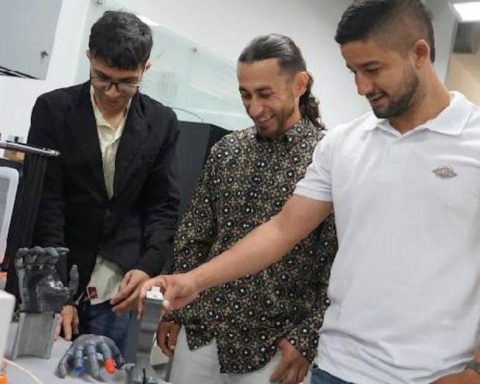In a historic act, the National Government, headed by the President of the Republic, Laurentino Cortizo Cohen, announced the country strategy for the development and promotion of microelectronics and semiconductor activity in Panama, in order to achieve sustainable economic development and that contributes to the social well-being of the population.
As the first action of the country strategy, President Cortizo Cohen signed the Executive Decree that establishes the guidelines for the development and promotion of microelectronics and semiconductor activity.
President Cortizo Cohen highlighted that the decree establishes the need to create, among other measures, a strategy and a national action plan that allows Panama to take on the challenge in a coordinated, systematic manner and with a long-term vision.
He explained that the strategy aims to achieve the insertion of the Republic of Panama into the global microelectronics and semiconductor chain; seeks to train human talent in these areas; in addition to promoting research and development linked to the manufacturing of semiconductors. The decree also creates the Microelectronics and Semiconductors Innovation Commission for inter-institutional and multi-sector interaction that will follow up on the national strategy.
“As a country we have a real opportunity to insert ourselves into this value chain by taking advantage of Panama’s competitive advantages, such as our privileged geographical position, advanced logistics infrastructure and our long history in global trade,” the president stressed.
As part of other strategic actions, the rector of the Technological University of Panama (UTP), Eng. Omar Aizpurúa Pino, announced the creation in this university of the Center for Advanced Semiconductor Technology (C-TASC) with the advice of the Arizona State University. The rector highlighted that the UTP has the human resources ready to carry out the historic task of turning Panama into the Hub of semiconductors.
He highlighted that Panama is on the threshold of countries that can take a gigantic leap in economic development and achieve full employment.
For his part, Dr. Eduardo Ortega, National Secretary of Science, Technology and Innovation (Senacyt), said that this is a great day for the country with the execution of this national strategy to develop one of the five technologies of the modern era. and by 2030 it is estimated that it will represent an economic market of one trillion dollars.
Ortega announced the establishment of a new scholarship program for master’s and doctoral degrees specialized in microelectronics and semiconductors. To this end, he signed a collaboration agreement with Arizona State University, one of the most important in the world in this area and ranked number 1 in the United States in innovation.
Also present at the event were the Ambassador of Panama to the United States, Ramón Martínez, the Minister of Commerce and Industries, Jorge Rivera Staff; the Minister of Labor and Labor Development, Doris Zapata; the Minister Counselor for the Facilitation of Private Investment, José Alejandro Rojas; vice ministers, university rectors, among other special guests.
Semiconductors are the key element in modern electronics because they are present in countless devices and systems, including smartphones, computers, automobiles, household appliances, medical equipment and communication systems.
The United States chose Panama as one of the seven countries worldwide, which will establish a collaboration to strengthen the global semiconductor value chain. This was confirmed during the visit she made to the Presidency of the Republic of Panama last year, the Secretary of Commerce, Gina Raimondo.











